African Union
The African Union's Continental AI Strategy sets the stage for a unified approach to AI governance across the continent.

Artificial intelligence (AI) has made enormous strides in recent years and has increasingly moved into the public consciousness.
Subscribe
We encourage you to subscribe to receive AI-related updates.
Explore Trendscape Our take on the interconnected global trends that are shaping the business climate for our clients.
Increases in computational power, coupled with advances in machine learning, have fueled the rapid rise of AI. This has brought enormous opportunities, as new AI applications have given rise to new ways of doing business. It has also brought potential risks, from unintended impacts on individuals (e.g., AI errors harming an individual's credit score or public reputation) to the risk of misuse of AI by malicious third parties (e.g., by manipulating AI systems to produce inaccurate or misleading output, or by using AI to create deepfakes).
Governments and regulatory bodies around the world have had to act quickly to try to ensure that their regulatory frameworks do not become obsolete. In addition, international organizations such as the G7, the UN, the Council of Europe and the OECD have responded to this technological shift by issuing their own AI frameworks. But they are all scrambling to stay abreast of technological developments, and already there are signs that emerging efforts to regulate AI will struggle to keep pace. In an effort to introduce some degree of international consensus, the UK government organized the first global AI Safety Summit in November 2023, with the aim of encouraging the safe and responsible development of AI around the world. The EU is also implementing the first comprehensive horizontal legal framework for the regulation of AI systems across EU Member States (the EU AI Act is addressed in more detail here: AI watch: Global regulatory tracker - European Union, and you can read our EU AI Act Handbook here).
Most jurisdictions have sought to strike a balance between encouraging AI innovation and investment, while at the same time attempting to create rules to protect against possible harms. However, jurisdictions around the world have taken substantially different approaches to achieving these goals, which has in turn increased the risk that businesses face from a fragmented and inconsistent AI regulatory environment. Nevertheless, certain trends are becoming clearer at this stage:
Businesses in almost all sectors need to keep a close eye on these developments to ensure that they are aware of the AI regulations and forthcoming trends, in order to identify new opportunities and new potential business risks. But even at this early stage, the inconsistent approaches each jurisdiction has taken to the core questions of how to regulate AI is clear. As a result, it appears that international businesses may face substantially different AI regulatory compliance challenges in different parts of the world. To that end, this AI Tracker is designed to provide businesses with an understanding of the state of play of AI regulations in the core markets in which they operate. It provides analysis of the approach that each jurisdiction has taken to AI regulation and provides helpful commentary on the likely direction of travel.
Because global AI regulations remain in a constant state of flux, this AI Tracker will develop over time, adding updates and new jurisdictions when appropriate. Stay tuned, as we continue to provide insights to help businesses navigate these ever-evolving issues.
The African Union's Continental AI Strategy sets the stage for a unified approach to AI governance across the continent.

Voluntary AI Ethics Principles guide responsible AI development in Australia, with potential reforms under consideration.

The enactment of Brazil's proposed AI Regulation remains uncertain with compliance requirements pending review.

AIDA expected to regulate AI at the federal level in Canada but provincial legislatures have yet to be introduced.

The Interim AI Measures is China's first specific, administrative regulation on the management of generative AI services.

Despite congressional activity on AI in Colombia, regulation remains unclear and uncertain.

The Council of Europe is developing a new Convention on AI to safeguard human rights, democracy, and the rule of law in the digital space covering governance, accountability and risk assessment.
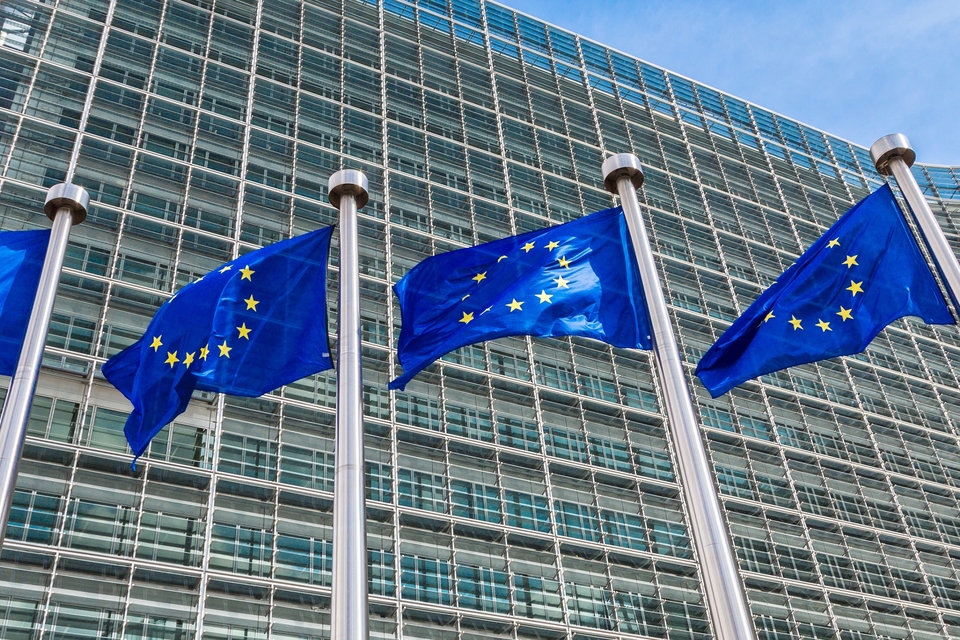
The successful implementation of the EU AI Act into national law is the primary focus for the Czech Republic, with its National AI Strategy being the main policy document.

The EU introduces the pioneering EU AI Act, aiming to become a global hub for human-centric, trustworthy AI.
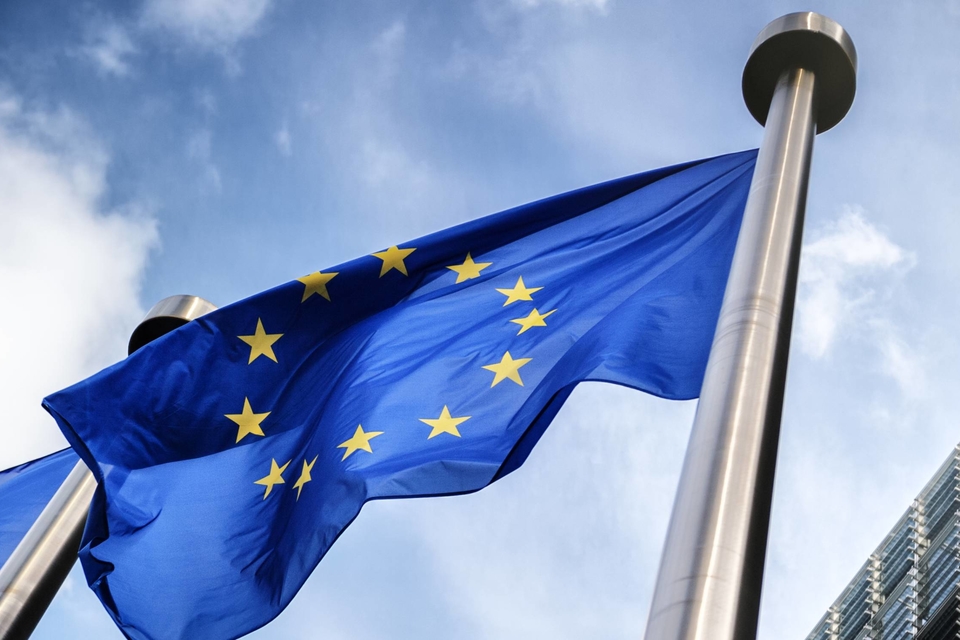
France actively participates in international efforts and proposes sector-specific laws.

The G7's AI regulations mandate Member States' compliance with international human rights law and relevant international frameworks.
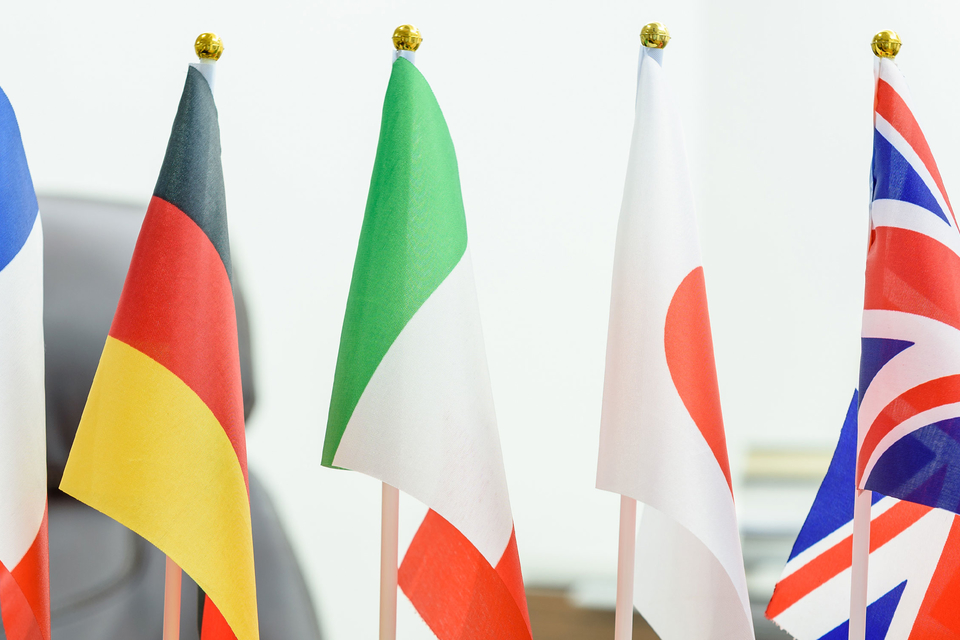
Germany evaluates AI-specific legislation needs and actively engages in international initiatives.

Hong Kong lacks comprehensive AI legislative framework but is developing sector-specific guidelines and regulations, and investing in AI.

National frameworks inform India’s approach to AI regulation, with sector-specific initiatives in finance and health sectors.

Israel promotes responsible AI innovation through policy and sector-specific guidelines to address core issues and ethical principles.


Japan adopts a soft law approach to AI governance but lawmakers advance proposal for a hard law approach for certain harms.

Kenya's National AI Strategy and Code of Practice expected to set foundation of AI regulation once finalized.

Nigeria's draft National AI Policy underway and will pave the way for a comprehensive national AI strategy.

Position paper informs Norwegian approach to AI, with sector-specific legislative amendments to regulate developments in AI.

The OECD's AI recommendations encourage Member States to uphold principles of trustworthy AI.
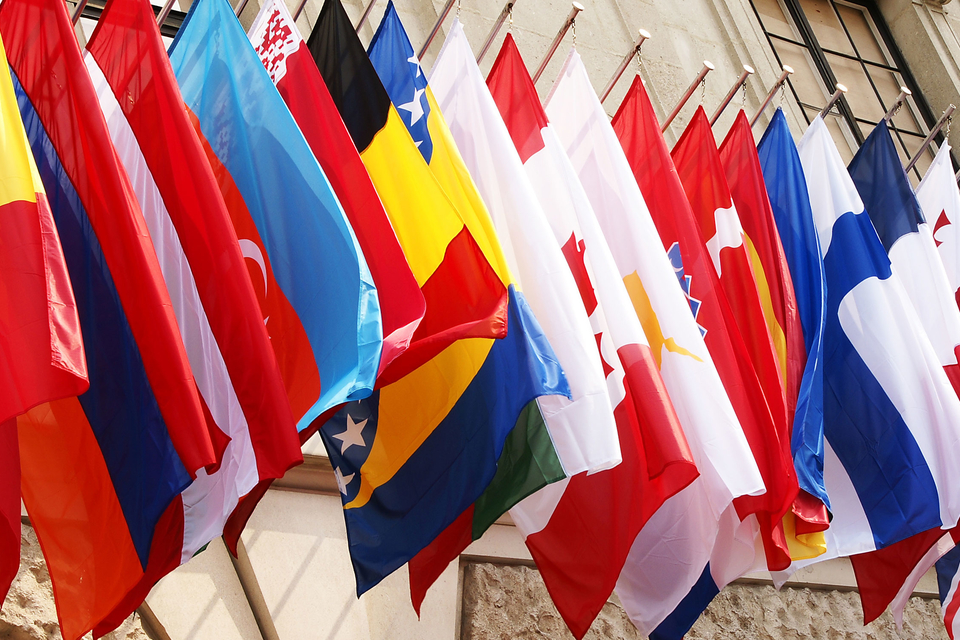
Saudi Arabia is yet to enact AI Regulations, relying on guidelines to establish practice standards and general principles.

Singapore's AI frameworks guide AI ethical and governance principles, with existing sector-specific regulations addressing AI risks.

South Africa is yet to announce any AI regulation proposals but is in the process of obtaining inputs for a draft National AI plan.

South Korea's AI Act has been promulgated as the fundamental body of law governing AI.

Spain creates Europe's first AI supervisory agency and actively participates in EU AI Act negotiations.

Switzerland's National AI Strategy sets out guidelines for the use of AI, and aims to finalize an AI regulatory proposal in 2025.

Draft laws and guidelines are under consideration in Taiwan, with sector-specific initiatives already in place.

Turkey has published multiple guidelines on the use of AI in various sectors, with a bill for AI regulation now in the legislative process.

Mainland UAE has published an array of decrees and guidelines regarding regulation of AI, while the ADGM and DIFC free zones each rely on amendments to existing data protection laws to regulate AI.

The UK prioritizes a flexible framework over comprehensive regulation and emphasizes sector-specific laws.

The UN's AI resolutions encourage Member States to adopt national rules to establish safe, secure and trustworthy AI systems and create forums to advance global cooperation, scientific understanding, and share best practices.
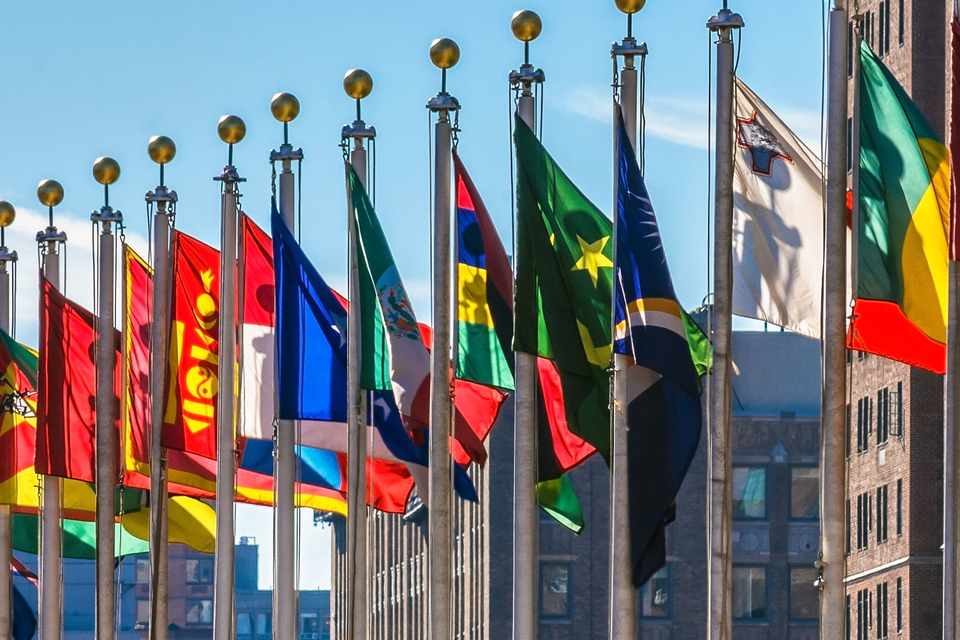
The US relies on existing federal laws and guidelines to regulate AI but aims to introduce AI legislation and a federal regulation authority.


Singapore's AI frameworks guide AI ethical and governance principles, with existing sector-specific regulations addressing AI risks.
Currently, there are no specific laws, statutory rules, or regulations in Singapore that directly regulate AI.
To strike a balance between allowing innovation in AI to develop, and safeguarding public interest in AI ethics and governance, the Singapore government has developed various frameworks and tools to guide AI deployment and promote the responsible use of AI, including:
In light of recent advances in generative AI, the AIVF and IMDA have also developed a draft Model AI Governance Framework for Generative AI4 (2024 Framework), which seeks to expand on the 2020 Framework by addressing new issues that have emerged from Generative AI and providing guidance on suggested practices for safety evaluation of Generative AI models. The 2024 Framework is currently undergoing public consultation and will be finalized within 2024.
As noted above, there are currently no specific laws or regulations in Singapore that directly regulate AI.
There are various laws that do not directly seek to regulate AI but may affect the development or use of AI in Singapore. A non-exhaustive list of key examples includes:
In addition, various Singapore regulatory agencies have adopted soft-law approaches by issuing guidelines on the responsible use of AI. A non-exhaustive list of key examples includes:
As noted above, there are currently no specific laws or regulations in Singapore that directly regulate AI. Accordingly, no clear definition of AI is currently recognized in Singapore’s national legislation.
However, the 2020 Framework defines AI as “a set of technologies that seek to simulate human traits such as knowledge, reasoning, problem solving, perception, learning and planning, and, depending on the AI model, produce an output or decision (such as a prediction, recommendation and/or classification).”10
The 2024 Framework defines Generative AI as “AI models capable of generating text, images or other media. They learn the patterns and structure of their input training data and generate new data with similar characteristics. Advances in transformer-based deep neural networks enable Generative AI to accept natural language prompts as input, including large language models”.11
As noted above, there are currently no specific laws or regulations in Singapore that directly regulate AI. Accordingly, there is no specific territorial scope at this stage.
As noted above, there are currently no specific laws or regulations in Singapore that directly regulate AI. However, there are certain compliance requirements for the use of AI in certain sectors, such as health and transport, as explained in the "Other laws affecting AI" section above.
As noted above, there are currently no specific laws or regulations in Singapore that directly regulate AI. Accordingly, there are currently no specific or unique obligations imposed on developers, users, operators and/or deployers of AI systems.
As noted above, there are currently no specific laws or regulations in Singapore that directly regulate AI. Nevertheless, the 2024 Framework proposes nine dimensions to be looked at in totality to foster a trusted ecosystem12:
The NAIS 2.0 also sets out Singapore’s long-term visions and goals with regard to AI, which includes working towards three systems through a series of “enablers”: “Activity Drivers (Enablers: Industry, Government, Research)”, “People & Communities (Enablers: Talent, Capabilities, Placemaking)”, and “Infrastructure & Environment (Enablers: Compute, Data, Trusted Environment, Leader in Thought and Action).”13
As noted above, there are currently no specific laws or regulations in Singapore that directly regulate AI. The relevant frameworks and guidelines also do not set out an AI-related risk categorization. However, the 2024 Framework mentions that reporting of incidents should be proportionate and calibrated for practicality, and cites the EU AI Act as a potential reference point, which adopts risk categorization with regard to incident reporting.14
As noted above, there are currently no specific laws or regulations in Singapore that directly regulate AI. However, there are certain compliance requirements for the use of AI in certain sectors, such as health and transport, as explained in the "Other laws affecting AI" section above.
Singapore does not currently have a specific designated regulator for AI, as the use of AI is currently governed by existing sectoral laws. However, the IMDA oversees the responsible adoption of AI across both public and private sectors, primarily through the aforementioned frameworks and guidelines. In addition, the Smart Nation and Digital Government Office, along with the Ministry of Communication and Information, issued the NAIS 2.0 and are responsible for implementing the national strategy for AI.
As noted above, there are currently no specific laws or regulations in Singapore that directly regulate AI. As such, enforcement and penalties relating to the creation, dissemination and/or use of AI are governed by related violations in non-AI legislation.
1 The Model AI Governance Framework is available here.
2 Details of AI Verify are available here.
3 The National Artificial Intelligence Strategy 2.0 is available here.
4 The draft Model AI Governance Framework for Generative AI is available here.
5 The Road Traffic Act is available here, see Articles 6C and 6E.
6 The Health Products Act is available here.
7 The Advisory Guidelines on Use of Personal Data in AI Recommendation and Decision Systems are available here.
8 The Principles to Promote Fairness, Ethics, Accountability and Transparency (FEAT) in the Use of Artificial Intelligence and Data Analytics in Singapore’s Financial Sector are available here.
9 The Artificial Intelligence in Healthcare Guidelines are available here.
10 Please see the Model AI Governance Framework available here, page 18.
11 Please see the draft Model AI Governance Framework for Generative AI available here, page 3.
12 Please see the draft Model AI Governance Framework for Generative AI available here.
13 Please see the National Artificial Intelligence Strategy 2.0 available here, page 14.
14 Please see the draft Model AI Governance Framework for Generative AI available here, page 14.
White & Case means the international legal practice comprising White & Case LLP, a New York State registered limited liability partnership, White & Case LLP, a limited liability partnership incorporated under English law and all other affiliated partnerships, companies and entities.
This article is prepared for the general information of interested persons. It is not, and does not attempt to be, comprehensive in nature. Due to the general nature of its content, it should not be regarded as legal advice.
© 2024 White & Case LLP